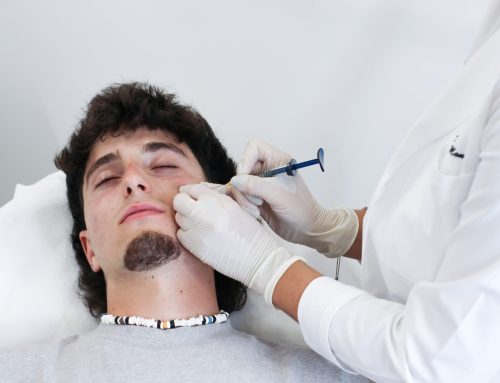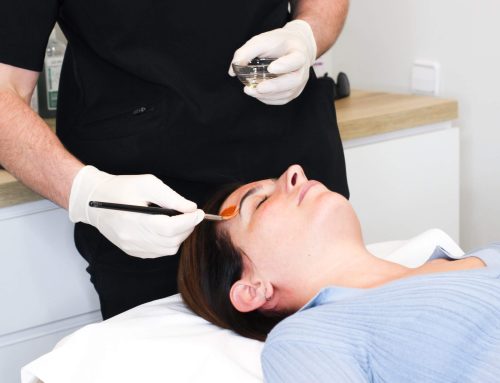Acne, a common chronic inflammatory skin condition, affects more than 80% of adolescents and young adults, who most often develop acne scars.
These scars are the result of inflammatory sebum damage associated with an inadequate healing process, where fibrous tissue replaces normal skin that is destroyed by inflammation.
Atrophic scars are the most common type and are caused by collagen destruction. Depending on their morphology, they are classified into icepick, rolling and boxcar scars.
Scars are a major concern for acne patients as they can persist and are often experienced by most affected individuals, generating a major psychosocial impact according to the latest studies such as embarrassment, self-consciousness and low self-esteem.
Benefits of different treatments for atrophic scars
There are numerous treatments described for the treatment of atrophic acne scars, including chemical peels, surgical excision, punch excision, dermabrasion, tissue augmentation with a variety of dermal fillers and lasers.
The treatment of acne scars is complex and often requires multiple modalities. We will focus on our experience which has shown good results, as a single treatment is very difficult to improve, but the combination of them makes for synergy and success.
- Subcision (subcutaneous incision): Consists of the release of fibrous bands attached to deep skin planes that occur at the bottom of these atrophic scars, using a triangular needle, reporting an improvement of 30-90% in the appearance of these. There may be some adverse effects such as oedema, ecchymosis and pain but these are usually transient.
- Platelet Rich Plasma (PRP): This treatment is usually based on the extraction of a limited volume of blood to obtain a liquid plasma, which is injected intradermally into the scars. Due to the regenerative potential of growth factors and bioactive proteins released at the injection site, PRP has been described as an optimal adjuvant to ablative laser therapy, and several studies have shown that autologous molecules derived from the patient’s own blood improve the quality of post-scar tissue and decrease the duration of laser-related side effects.
- Filler materials: The application of injectable fillers has been extended to atrophic acne scars, as they would act by replacing lost soft tissue and stimulating collagen production. Hyaluronic acid is a hydrophilic polysaccharide found naturally in our body’s connective tissue, with low potential for adverse reactions. Injection of hyaluronic acid stimulates collagen synthesis and restores components of the extracellular matrix, so it can be used alone or in combination with subcision.
As for lasers, different devices have been used with the aim of promoting dermal collagen remodelling. Ablative laser therapy is based on the concept of selective photothermolysis.
Ablative CO2 lasers and fractionated versions of the erbium (Er:YAG) laser are used. The former causes rapid heating and vaporisation of tissue as the laser is absorbed by water in a deep dermal layer. The second is more water-selective due to its shorter wavelength, and vaporises tissue at a shallower skin depth.
The erbium laser emits radiation at a shorter wavelength (2936 nm) and has a higher affinity for water. It induces a more superficial and controlled thermal injury than the CO2 laser, so it would have a better safety profile.
For all these reasons, prevention is the optimal method when treating acne in its early stages. However, when the after-effects of acne appear in the form of scars, we offer different treatment approaches with the aim of reducing post-acne skin fibrosis, such as the combination of the erbium laser with the subcision technique together with PRP or hyaluronic acid as collagen stimulators, which have produced excellent results and improved the condition.



